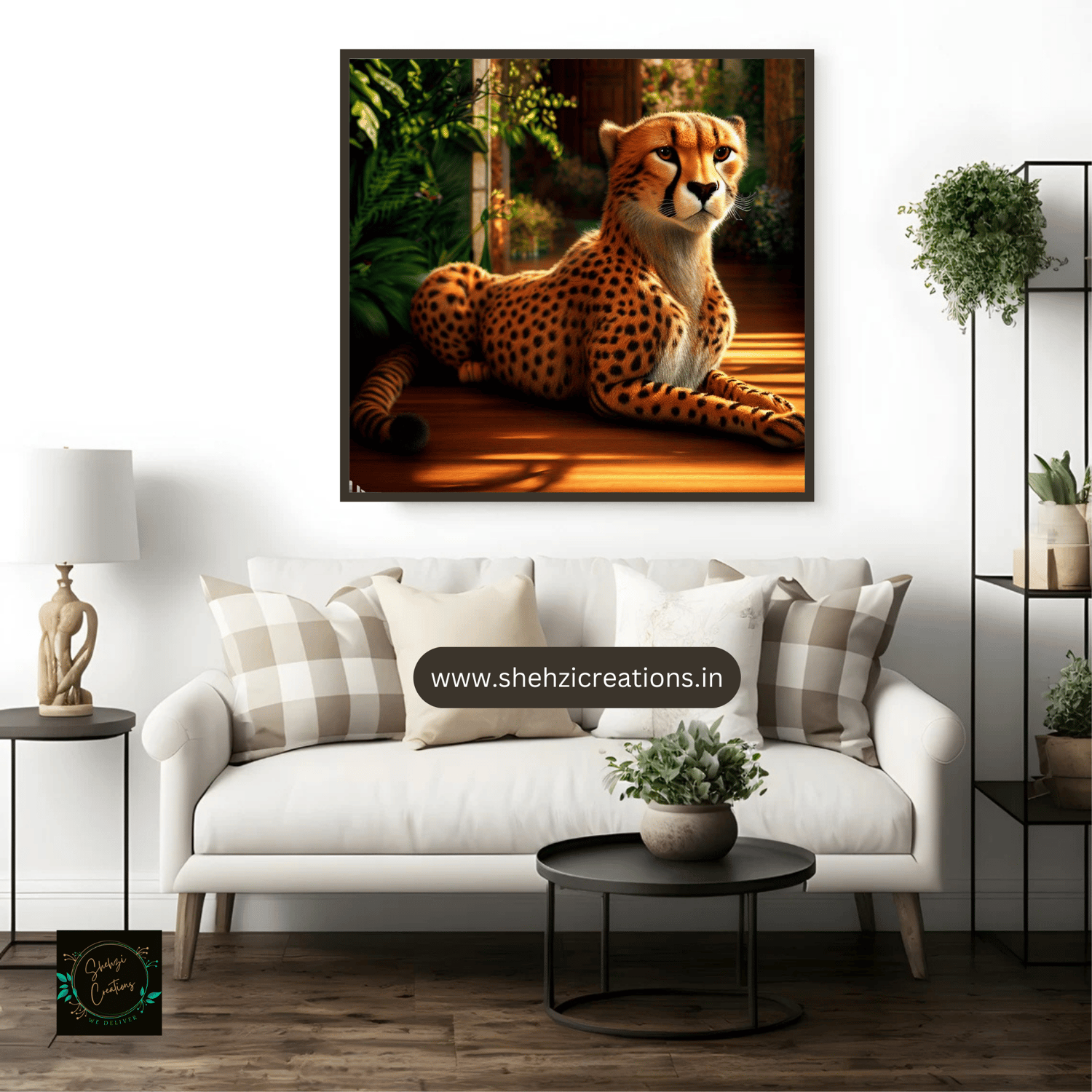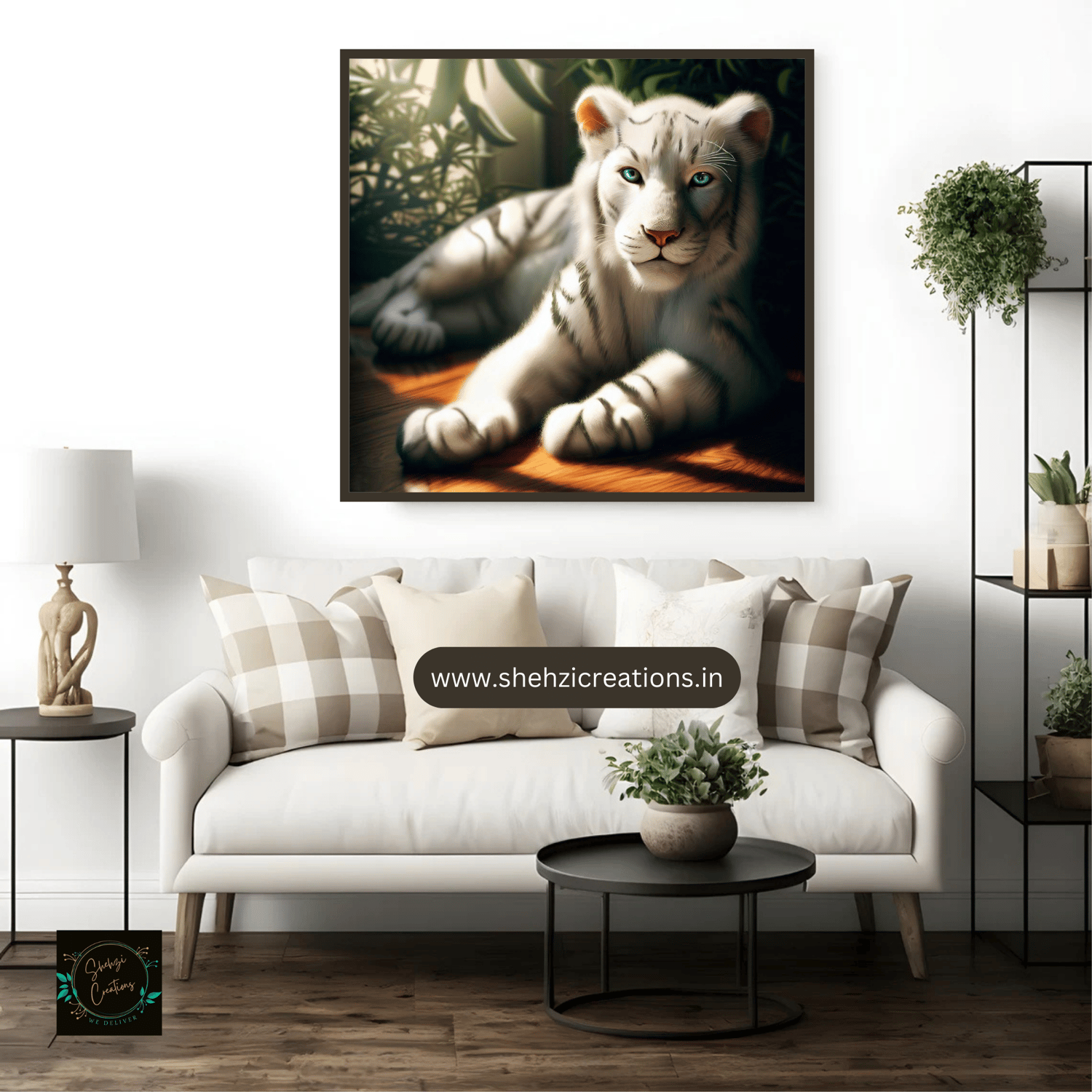Wildlife Photography: Capturing the Wonders of Nature
Introduction
Wildlife photography is a captivating and exhilarating genre of photography that allows us to witness and preserve the beauty and diversity of the natural world. It combines the art of photography with a deep appreciation for nature, requiring skills, patience, and a keen eye for detail. In this article, we will explore the art and techniques of wildlife photography, providing insights and tips for aspiring photographers. So grab your camera, venture into the wilderness, and embark on an extraordinary journey of capturing breathtaking wildlife moments.

Table of Contents
- Understanding Wildlife Photography
- 1.1 The Importance of Wildlife Conservation
- 1.2 The Role of Wildlife Photographers
- Essential Equipment for Wildlife Photography
- 2.1 Cameras and Lenses
- 2.2 Tripods and Supports
- 2.3 Additional Accessories
- Mastering the Art of Wildlife Photography
- 3.1 Research and Planning
- 3.2 Composition and Framing
- 3.3 Capturing Wildlife Behavior
- 3.4 Utilizing Natural Light
- 3.5 Patience and Persistence
- Techniques for Photographing Different Wildlife Subjects
- 4.1 Birds
- 4.2 Mammals
- 4.3 Reptiles and Amphibians
- 4.4 Insects and Macro Photography
- 4.5 Underwater Wildlife
- Post-processing and Enhancing Wildlife Photographs
- 5.1 Sorting and Selecting Images
- 5.2 Basic Adjustments and Corrections
- 5.3 Showcasing the Essence of Wildlife
- Ethical Considerations in Wildlife Photography
- 6.1 Respecting Wildlife and Their Habitat
- 6.2 Understanding and Following Local Regulations
- Challenges and Rewards of Wildlife Photography
- 7.1 Dealing with Unpredictable Situations
- 7.2 Celebrating Photographic Successes
- 7.3 Inspiring Conservation through Photography
1. Understanding Wildlife Photography
1.1 The Importance of Wildlife Conservation
Wildlife photography plays a vital role in raising awareness about the need for wildlife conservation. By capturing captivating images of animals in their natural habitats, photographers can convey the beauty, fragility, and interconnectedness of ecosystems. These images evoke emotions and inspire viewers to take action, promoting the preservation of wildlife and their habitats.
1.2 The Role of Wildlife Photographers
Wildlife photographers act as storytellers, using their images to communicate the wonders of nature and the need for its protection. They spend countless hours in the field, observing and documenting wildlife behavior, and often face challenging conditions. Their photographs not only showcase the beauty of animals but also contribute to scientific research and conservation efforts worldwide.

2. Essential Equipment for Wildlife Photography
2.1 Cameras and Lenses
When it comes to wildlife photography, having the right equipment is crucial. A camera with a high-resolution sensor, fast autofocus system, and the ability to handle low-light situations is ideal. Additionally, investing in telephoto lenses with a long focal length allows you to capture detailed images of distant wildlife subjects.
2.2 Tripods and Supports
To achieve sharp and steady images, especially in challenging lighting conditions, a sturdy tripod or monopod is essential. These support systems help eliminate camera shake and provide stability, ensuring your photographs are crisp and well-defined.
2.3 Additional Accessories Apart from cameras and lenses, there are several additional accessories that can enhance your wildlife photography experience. These include:
- Lens Filters: Filters such as polarizers and neutral density filters can help reduce glare, enhance colors, and manage exposure in different lighting conditions.
- Camera Bags and Backpacks: Invest in a durable and comfortable camera bag or backpack to protect your gear and keep it organized during outdoor expeditions.
- Remote Shutter Release: Using a remote shutter release allows you to trigger the camera without physically touching it, minimizing the risk of camera shake.
- Spare Batteries and Memory Cards: Carry extra batteries and memory cards to avoid running out of power or storage space while in the field.
- Lens Cleaning Kit: Keep your lenses free from dust and smudges with a lens cleaning kit, including a microfiber cloth, lens cleaning solution, and a blower brush.
- Camouflage Gear: Wildlife photography often requires blending into the surroundings. Consider using camouflage clothing, blinds, or lens covers to remain inconspicuous to the wildlife you're photographing.

3. Mastering the Art of Wildlife Photography
3.1 Research and Planning
Before heading out for a wildlife photography expedition, thorough research and planning are essential. Familiarize yourself with the behavior and habitats of the animals you wish to photograph. Study their movements, feeding patterns, and preferred locations to increase your chances of capturing compelling images.
3.2 Composition and Framing
Composition plays a vital role in wildlife photography. Consider the rule of thirds, leading lines, and framing techniques to create visually pleasing and engaging images. Experiment with different angles, perspectives, and focal lengths to capture unique and captivating shots.
3.3 Capturing Wildlife Behavior
To tell a story through your photographs, focus on capturing wildlife behavior. Be patient and observant, waiting for those decisive moments when animals engage in interesting activities or exhibit unique behaviors. This could include feeding, grooming, mating, or hunting.
3.4 Utilizing Natural Light
Lighting is crucial in wildlife photography. Take advantage of the golden hours—the first hour after sunrise and the last hour before sunset—when the light is soft, warm, and creates a magical atmosphere. Avoid harsh midday light, as it can result in high contrast and unflattering shadows.
3.5 Patience and Persistence
Wildlife photography requires patience and persistence. Be prepared to spend extended periods waiting for the perfect shot. Remember that wildlife is unpredictable, and capturing extraordinary moments may require multiple visits to the same location or extended periods of observation.
4. Techniques for Photographing Different Wildlife Subjects
4.1 Birds
Bird photography presents unique challenges due to their small size and quick movements. Use long telephoto lenses and fast shutter speeds to freeze their motion. Look for interesting bird behaviors, such as flight patterns or courtship displays, to create dynamic and captivating images.
4.2 Mammals
When photographing mammals, understanding their behavior and habitats is crucial. Look for opportunities to capture intimate moments, such as a mother caring for her young or animals interacting with their environment. Use a telephoto lens to maintain a safe distance while still capturing detailed shots.
4.3 Reptiles and Amphibians
Photographing reptiles and amphibians often requires a close-up or macro approach. Pay attention to their natural habitats, such as ponds or forests, and focus on capturing their unique textures, patterns, and vibrant colors. Use a macro lens or extension tubes to capture intricate details.
4.4 Insects and Macro Photography
Macro photography allows you to explore the fascinating world of insects and small creatures. Use a macro lens, extension tubes, or dedicated macro equipment to capture the intricate details and textures ofthese tiny subjects. Be patient and approach slowly to avoid startling them. Look for interesting compositions and unique perspectives to create visually striking images.
4.5 Underwater Wildlife
Underwater photography opens up a whole new realm of wildlife subjects. To capture stunning underwater images, invest in a waterproof camera or a camera housing specifically designed for underwater use. Understand the behavior and habitats of marine creatures to increase your chances of encountering unique and captivating subjects.
5. Post-processing and Enhancing Wildlife Photographs
5.1 Sorting and Selecting Images
After a wildlife photography expedition, it's essential to review and sort through your images. Delete any duplicates or blurry shots and select the best ones for further editing and processing. Organize your images in a logical and manageable manner to make post-processing more efficient.
5.2 Basic Adjustments and Corrections
In post-processing, make basic adjustments to enhance your wildlife photographs. These adjustments may include cropping, adjusting exposure, contrast, and white balance, and reducing noise. Be mindful not to over-process the images, maintaining a natural and realistic look.
5.3 Showcasing the Essence of Wildlife
Consider using creative editing techniques to showcase the essence and emotions captured in your wildlife photographs. Experiment with selective coloring, black and white conversions, or adding subtle vignettes to draw attention to your subject. However, ensure that the edits enhance the image without distorting the reality of the scene.
6. Ethical Considerations in Wildlife Photography
6.1 Respecting Wildlife and Their Habitat
Wildlife photography should always prioritize the well-being and safety of the animals. Respect their space and observe from a distance that doesn't cause stress or disturbance. Avoid altering their behavior or damaging their natural habitats for the sake of a photograph.
6.2 Understanding and Following Local Regulations
Different locations may have specific rules and regulations concerning wildlife photography. Familiarize yourself with these regulations and ensure compliance. Obtain necessary permits or permissions when required, and always prioritize the welfare of the animals and the conservation of their habitats.
7. Challenges and Rewards of Wildlife Photography
7.1 Dealing with Unpredictable Situations
Wildlife photography is often filled with unpredictable moments and challenges. Weather conditions, elusive subjects, and unexpected events can test your patience and skills. Embrace these challenges as opportunities for growth and learning, and remember that even in challenging situations, incredible photographs can be captured.
7.2 Celebrating Photographic Successes
When you capture that perfect wildlife shot, celebrate your success! Share your images with fellow photographers, nature enthusiasts, or through online platforms. By showcasing your work, you not only inspire others but also contribute to the appreciation and conservation of wildlife.
7.3 Inspiring Conservation through Photography
Lastly, recognize the power of your images to inspire change and promote conservation efforts. Use your photographs to raise awareness about environmental issues, support wildlife organizations, or contribute to educational initiatives. By sharing the beauty and fragility of the natural world, you can make a positive impact and help protect our wildlife for future generations.
Conclusion
Wildlife photography is a remarkable blend of art, patience, and passion for nature. Through careful observation, technical expertise, and an understanding of animal behavior, photographers can capture breathtaking images that tell compelling stories and inspire conservation. So, grab your camera, immerse yourself in the wilderness, and embark on an incredible journey of wildlife photography.
FAQs
1. What camera equipment is best for wildlife photography?
When it comes to wildlife photography, a camera with a high-resolution sensor, fast autofocus system, and telephoto lenses with long focal lengths are ideal. Additionally, consider investing in sturdy tripods, lens filters, and accessories like remote shutter releases.
2. How can I capture wildlife behavior in my photographs?
To capture wildlife behavior, you need to be patient and observant. Spend time studying the animals you wish to photograph and learn about their habits and routines. Look for unique moments such as feeding, grooming, or interactions with other animals. Anticipate their movements and be ready to capture those decisive moments.
3. What are the ethical considerations in wildlife photography?
Respecting wildlife and their habitats should always be a top priority. Keep a safe distance from the animals to avoid causing stress or disturbance. Avoid altering their behavior for the sake of a photograph and follow local regulations and guidelines. Always prioritize the welfare of the animals and the conservation of their habitats.
4. How can I enhance my wildlife photographs through post-processing?
In post-processing, you can make basic adjustments such as cropping, exposure, and white balance corrections. Use editing techniques to enhance the essence and emotions captured in your photographs. However, be mindful not to over-process the images and maintain a natural and realistic look.
5. How can wildlife photography contribute to conservation efforts?
Wildlife photography has the power to raise awareness about the beauty and fragility of the natural world. By sharing your photographs, you can inspire others to appreciate and protect wildlife. Additionally, you can support wildlife organizations, contribute to educational initiatives, and use your images to advocate for environmental conservation.
#WildlifePhotography #NatureCaptures #WildlifeConservation #NaturePhotography #ExploreTheWild #WildlifeWonders #CaptureTheMoment #WildlifeAdventures #NatureLovers #WildlifePreservation #ThroughTheLens #BreathtakingNature #WildlifeBeauty #PhotographyPassion #NatureInspires #ConservationThroughArt



Comments ()